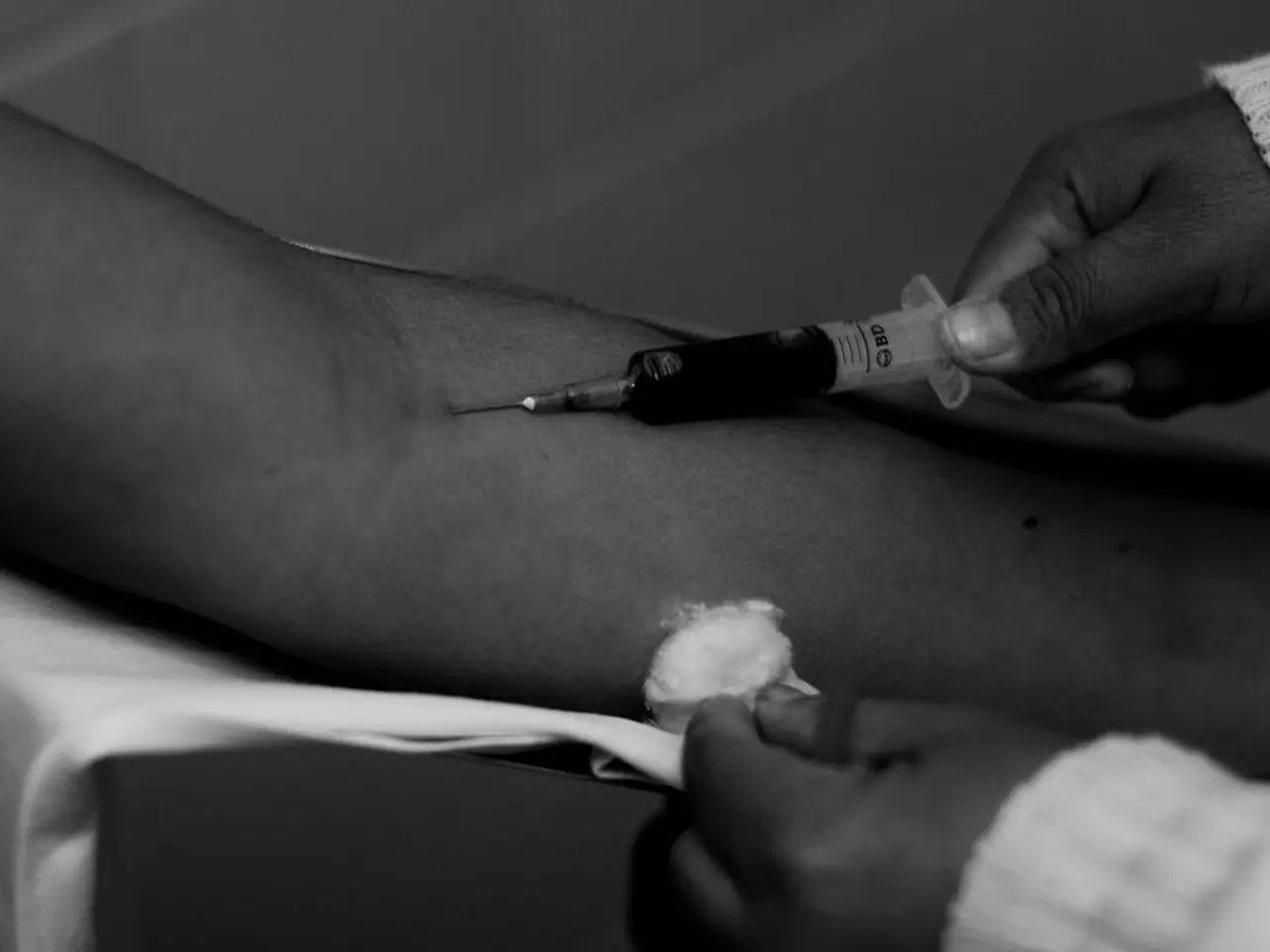Recognition of DNV as a certified body for IVDR compliance granted
The European Union's regulatory landscape for In Vitro Diagnostic (IVD) devices is undergoing a significant change with the implementation of the In Vitro Diagnostic Regulation (IVDR). This regulation, introduced in 2017, replaces the previous In Vitro Diagnostic Directive 98/79/EC (IVDD).
One of the key changes is the stricter risk-based classification of devices, with increasing regulatory scrutiny and requirements for higher-risk classes. This classification system includes Classes A, B, C, and D, with Class D devices, posing the highest risk, requiring IVDR certification from May 2025. Class C and Class B devices will follow suit, requiring certification from May 2026 and May 2027, respectively.
For all IVDs except Class A, manufacturers must obtain certification from a Notified Body responsible for conformity assessment. By 26 September 2025, manufacturers of Class D devices and legacy devices (certified under the prior IVDD) must have a signed agreement with a Notified Body to continue placing devices on the market until the transition ends on 31 December 2027.
Manufacturers are required to have submitted their application to a Notified Body and have implemented an IVDR-compliant Quality Management System (QMS) by 26 May 2025. The QMS must address design, manufacturing, clinical performance evaluation, and post-market surveillance.
The IVDR also demands more rigorous and detailed technical documentation for Notified Body assessment, focusing on clinical data and risk management. Additionally, enhanced requirements for clinical evidence and performance evaluation are in place to ensure patient safety, including robust post-market surveillance and traceability measures such as the Unique Device Identification (UDI) system.
The designation of DNV as an IVDR notified body brings greater capacity to the certification market, helping more device manufacturers access the EU market. DNV, being in the top 5 notified bodies for medical device certification, offers extensive expertise and technical competence. The company aims to reduce risks and help manufacturers get to market faster with uncompromising reliability.
DNV's fully digital certification process allows manufacturers to manage certification documents online and track compliance status in real time via a secure digital platform, for faster certification with greater transparency. The global team of auditors, technical assessors, and clinicians at DNV are ideally positioned to deliver efficient certification.
The safety and effectiveness of IVD devices are crucial to public and personal health. IVDs are tests used to determine a person's health status, ranging from pregnancy and cholesterol tests to HIV screening, COVID-19 tests, and cancer marker detection. The newborn screen assay developed by MRC Holland has recently received IVDR certification, setting a precedent for other manufacturers in the industry.
As the regulatory changes for medical devices and IVD's in 2024 are yet to be specified, it is essential for manufacturers to stay informed and prepare for the transition to the IVDR. Resources such as Medical Device Manufacturing News and Medical Device Manufacturing Insights provide valuable insights and updates on the IVDR and its implications for the industry. An article titled "Change is coming: European In Vitro Diagnostic Regulation" published by Insights offers a comprehensive overview of the main regulatory changes under the IVDR.
- Under the In Vitro Diagnostic Regulation (IVDR), the regulatory landscape for medical devices, particularly In Vitro Diagnostic (IVD) devices, is undergoing extensive changes, with increased focus on science, medical-conditions, and health-and-wellness, as the new rules aim to ensure patient safety and maintain high standards.
- To adhere to the stricter regulations introduced by the IVDR, manufacturers of medical devices, including IVD devices, must now prioritize compliance with the new risk-based classification system, which demands more rigorous technical documentation, enhanced clinical evidence, and improved post-market surveillance measures such as the Unique Device Identification (UDI) system.




